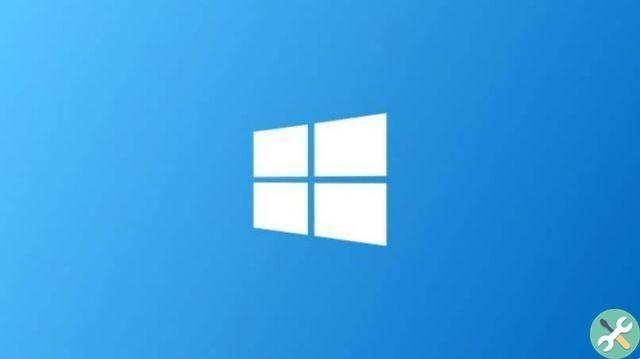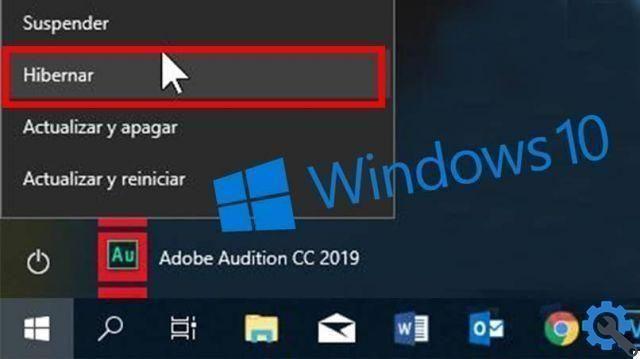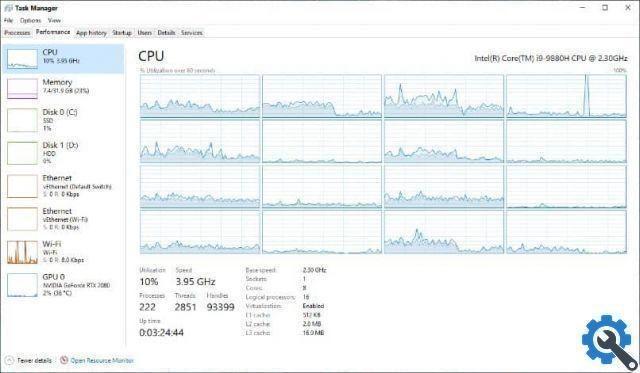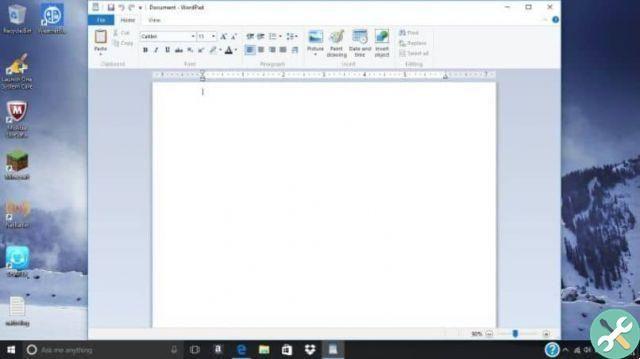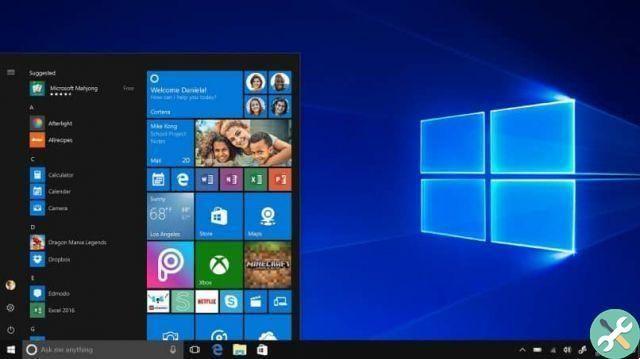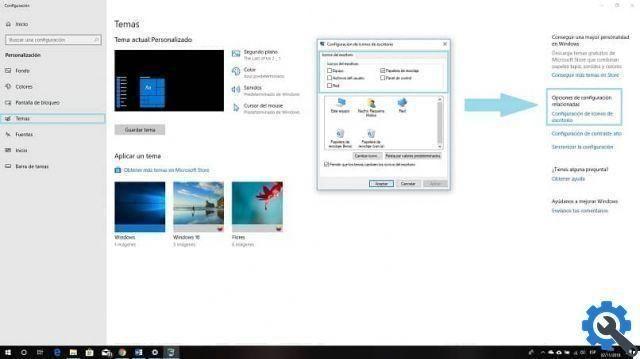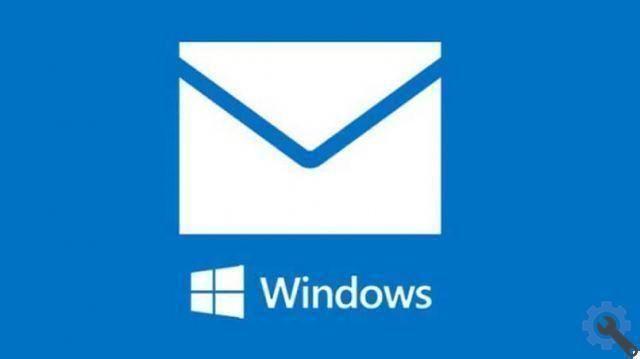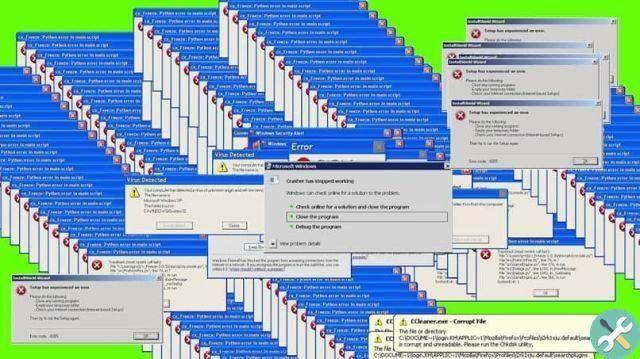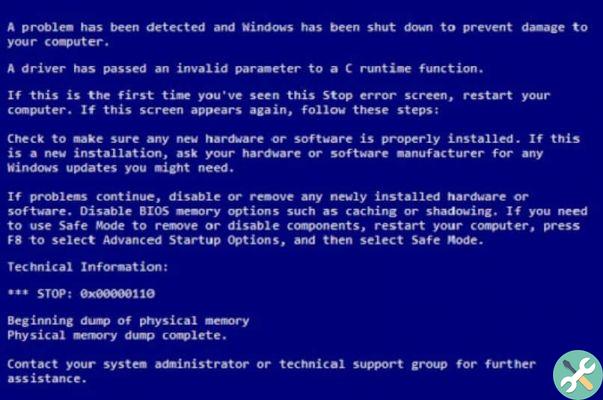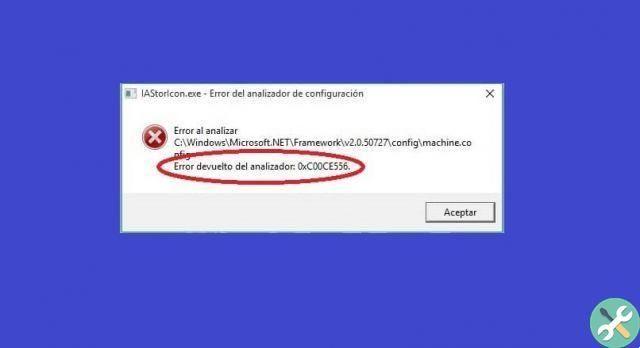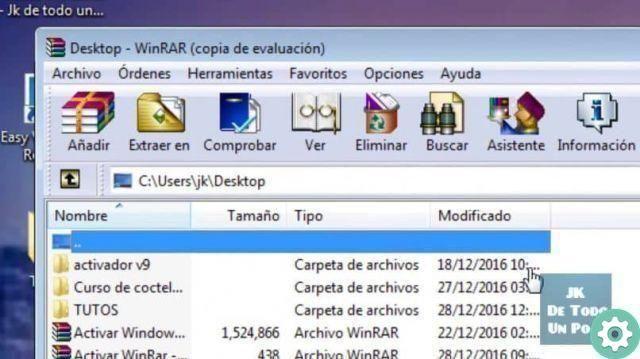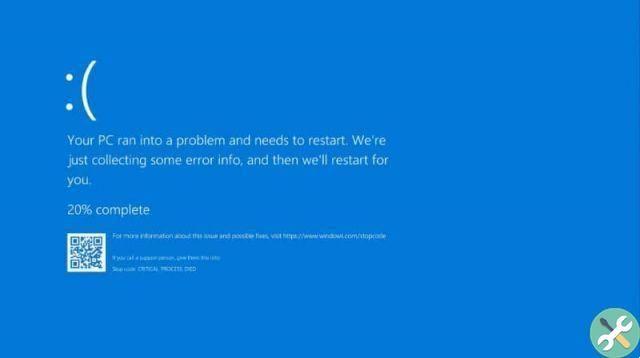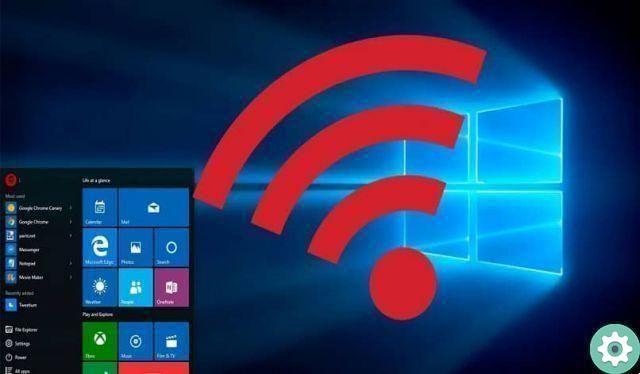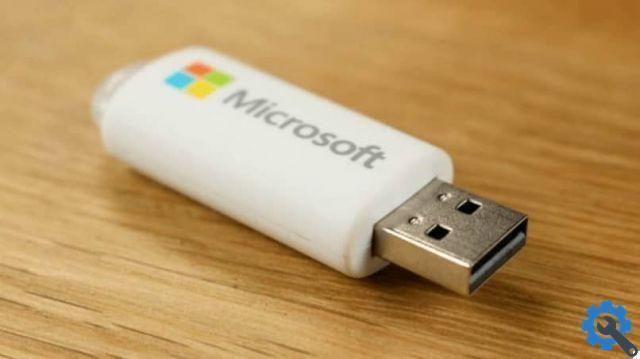The problem is that due to the lack of storage space it can be found freezing. For this reason Microsoft has decided to reserve this storage space in your operating system so that you can enjoy all the updates without any kind of inconvenience.
However, the problem arises when we realize that the reserved space is also used to store temporary files, caches, applications, etc. Everything about the operating system.
The best thing to do is not to disable it completely, although it does not affect the performance of the operating system at all, you can only have problems with updates if you are not careful with the storage. But if you don't want to disable it completely, it can also be optimized.
Today we will see how to disable or delete in easy way the space reserved for Windows 10 updates and also how to optimize said space to save a few GB.
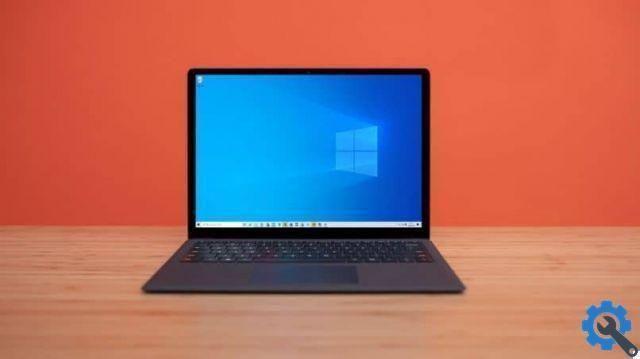
How to verify that Windows 10 has reserved space
- The first thing we will do is check that Windows 10 has a reserved space. For this you will have to press " Windows + i ”And then click System> Storage.
- Here we will be able to see all the storage spaces available on the hard drives that the computer has. Wait a few seconds and you will be able to see all the files located on that disk separated by categories.
- Now you will have to click on " Show more categories " to see " System and confidential ”At the beginning of everything. If this category appears, it means that the installation was done by default. However, if this category does not appear, it means that the function is not active in your operating system.
It is also important to check and know the storage capacity of your PC's hard drive.
How to free up reserved storage space in Windows 10
If you need more space on your hard drive then you have to follow the instructions we will give you to uninstall some functions of the operating system.
- To do this, press the keys " Windows + I "And then go up" Applications ". In this section you can uninstall applications that are in Windows and that you are not using. In turn it disables various functions which are not useful.
- In the left sidebar we will have to go to " Applications and features "Or" Optional functions "(Name may vary) and then click" Manage optional features ".
- If you look closely at the right side of each of these features you can see the storage space each of them occupies. To uninstall what is not useful to save space, simply click on it and you will see a button at the bottom that says " Uninstall ".
Just like your operating system has reserved storage space, the recycle bin also has one and that too can be changed.
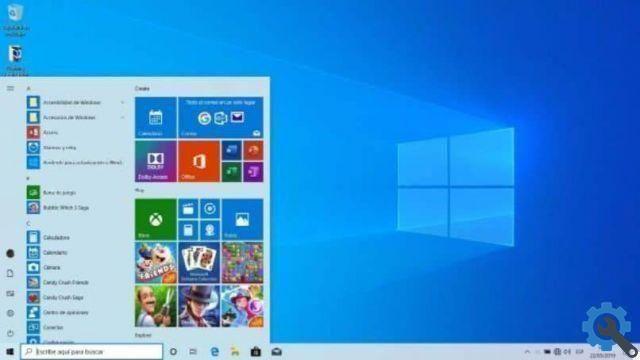
How to completely clear or remove reserved space from Windows 10
In case you want to completely eliminate the space reserved by Windows 10 we will have to go directly all’Editor of Registry. Keep in mind that if you do something wrong at this point you can corrupt the operating system. We recommend that you make a backup of your personal files just in case.
- The first step is to press the button " Windows "On the keyboard and then you will have to type" regedit "And press" Submit "To open the" Editor del Registro di sistema ".
- Now you will need to navigate through the left sidebar until you reach this location: Computer HKEY_LOCAL_MACHINE SOFTWARE Microsoft Windows CurrentVersion ReserveManager.
- In this folder you have to double click where it says " Shipping With Reserves ”And a window will open with the data that we can modify.
- In "Value information" you have to put 0 instead of 1 and then press accept.
Next, you will need to close everything and restart your computer. A huge amount of storage space can be recovered later. In some specific cases you need to wait for any Windows updates for these changes to take effect, so please be patient.




